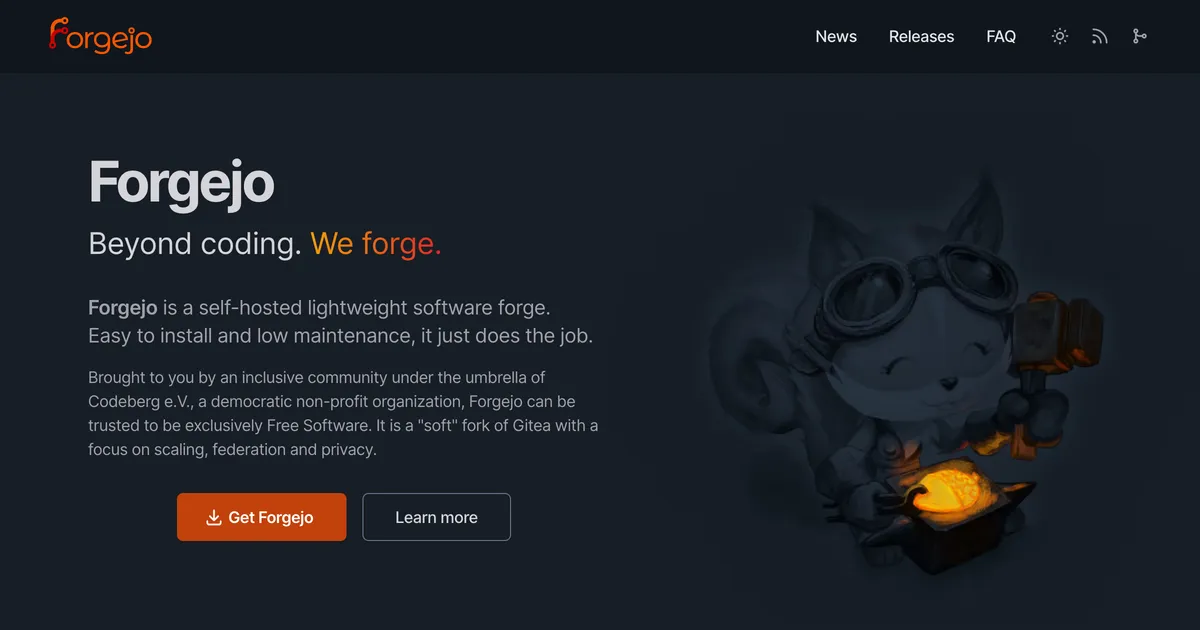Forgejo is changing its license to a Copyleft license. This blog post will try to bring clarity about the impact to you, explain the motivation behind this change and answer some questions you might have.
…
Developers who choose to publish their work under a copyleft license are excluded from participating in software that is published under a permissive license. That is at the opposite of the core values of the Forgejo project and in June 2023 it was decided to also accept copylefted contributions. A year later, in August 2024, the first pull request to take advantage of this opportunity was proposed and merged.
…
Forgejo versions starting from v9.0 are now released under the GPL v3+ and earlier Forgejo versions, including v8.0 and v7.0 patch releases remain under the MIT license.



Except both of the projects you just linked too have CLAs, which they updated on switching to AGPLv3. Both use them as a way to offer dual-licensing, so they can charge companies for an AGPL-exception by selling them a proprietary-licensed version, which then supports the FOSS-development. They both were also only able to change to AGPL because of already existing CLAs. At least in Element’s case though, they created a two-way commitment in their CLA:
Here’s the specific text from the CLA:
I personally consider that a fairly reasonable term. Especially because they specified an OSI-approved license. Element are always going to be bound to that now. This is like the copyleft of contributor license agreements.
whoa! thanks a lot! that’s my mistake.
thanks for the awesome info, I should’ve at least check the repo of the individual projects first (only did so with Forgejo).
I totally agree with you, and do think that it is possible to have positive and harmless CLAs. though I do think we should always take a step back and not assume that a project’s CLA will be in favor of our copyright, with the case being more the exception than the norm, unfortunately.
in the end, I will always be happy that a copyright holder wants to be able to reliably make money with copyleft software, but I can never really face a CLA without at least initial hostility anymore. you may say I have prejudice against CLAs lol
Yeah honestly these feelings are so bloody valid after the way they’ve been used lately. It’s always good to be sure of these things.